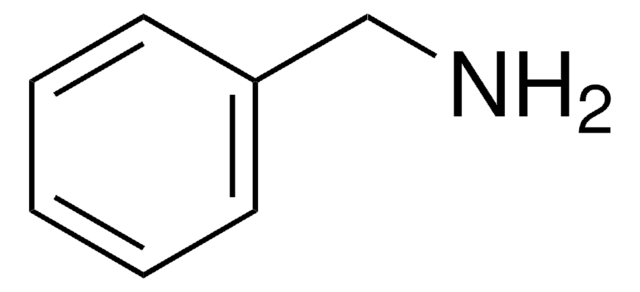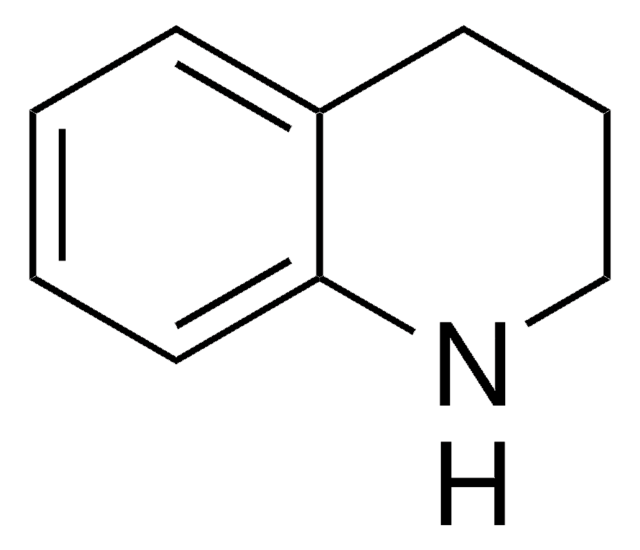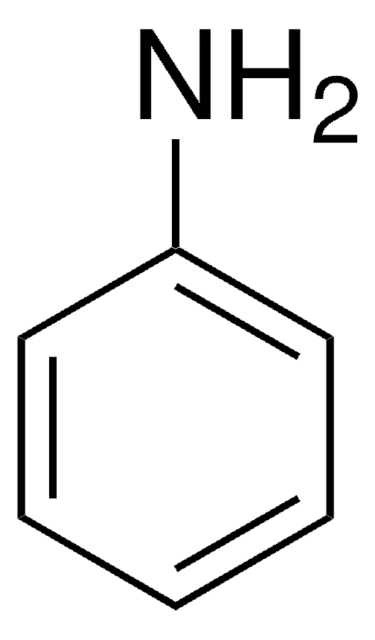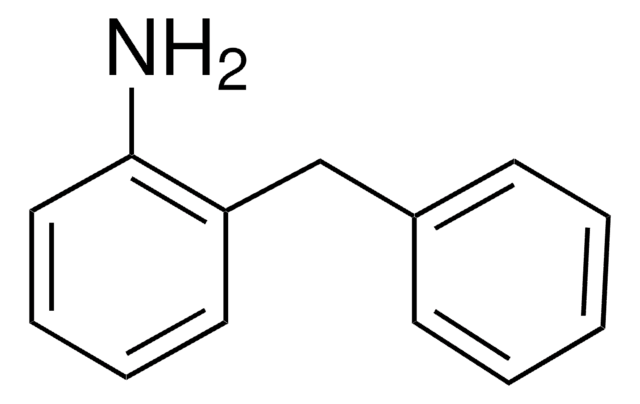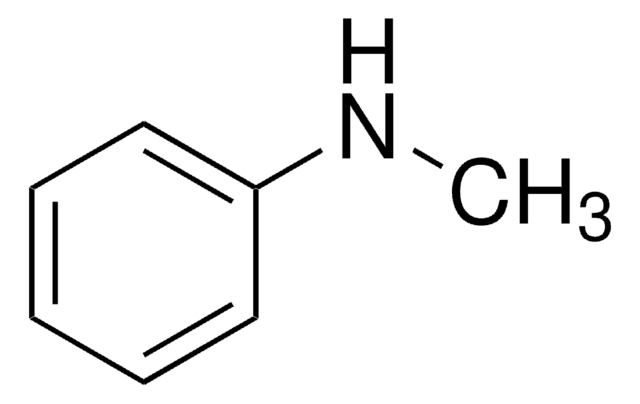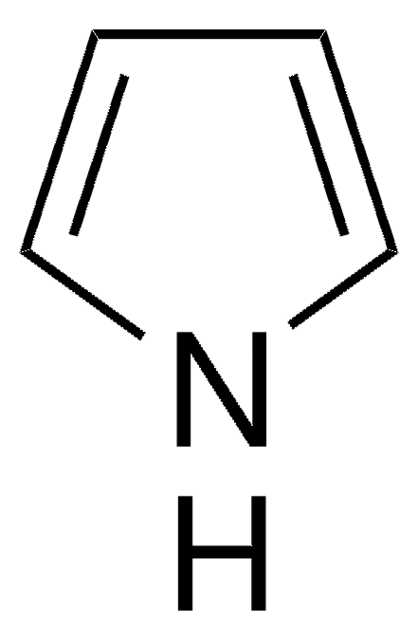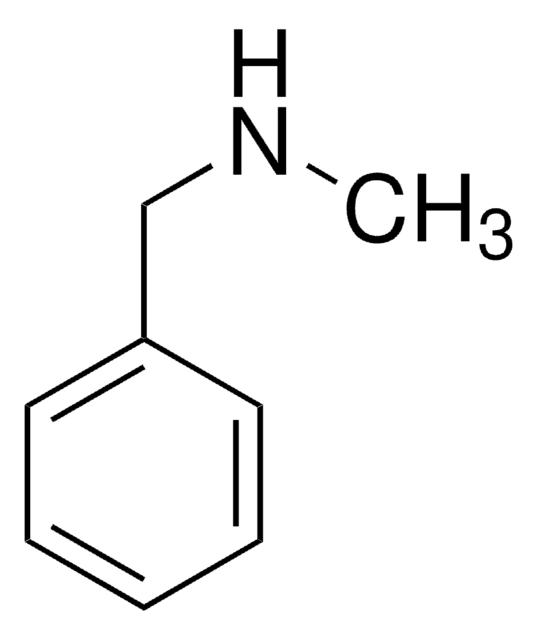185493
N-Benzylaniline
≥99%
Synonim(y):
N-Phenylbenzylamine
About This Item
Polecane produkty
Próba
≥99%
Postać
solid
tw
306-307 °C (lit.)
mp
35-38 °C (lit.)
rozpuszczalność
alcohol: soluble
chloroform: soluble
diethyl ether: soluble
water: insoluble
gęstość
1.061 g/mL at 25 °C (lit.)
ciąg SMILES
C(Nc1ccccc1)c2ccccc2
InChI
1S/C13H13N/c1-3-7-12(8-4-1)11-14-13-9-5-2-6-10-13/h1-10,14H,11H2
Klucz InChI
GTWJETSWSUWSEJ-UHFFFAOYSA-N
Szukasz podobnych produktów? Odwiedź Przewodnik dotyczący porównywania produktów
Opis ogólny
Zastosowanie
Kod klasy składowania
11 - Combustible Solids
Klasa zagrożenia wodnego (WGK)
WGK 3
Temperatura zapłonu (°F)
235.4 °F - closed cup
Temperatura zapłonu (°C)
113 °C - closed cup
Środki ochrony indywidualnej
dust mask type N95 (US), Eyeshields, Gloves
Certyfikaty analizy (CoA)
Poszukaj Certyfikaty analizy (CoA), wpisując numer partii/serii produktów. Numery serii i partii można znaleźć na etykiecie produktu po słowach „seria” lub „partia”.
Masz już ten produkt?
Dokumenty związane z niedawno zakupionymi produktami zostały zamieszczone w Bibliotece dokumentów.
Nasz zespół naukowców ma doświadczenie we wszystkich obszarach badań, w tym w naukach przyrodniczych, materiałoznawstwie, syntezie chemicznej, chromatografii, analityce i wielu innych dziedzinach.
Skontaktuj się z zespołem ds. pomocy technicznej